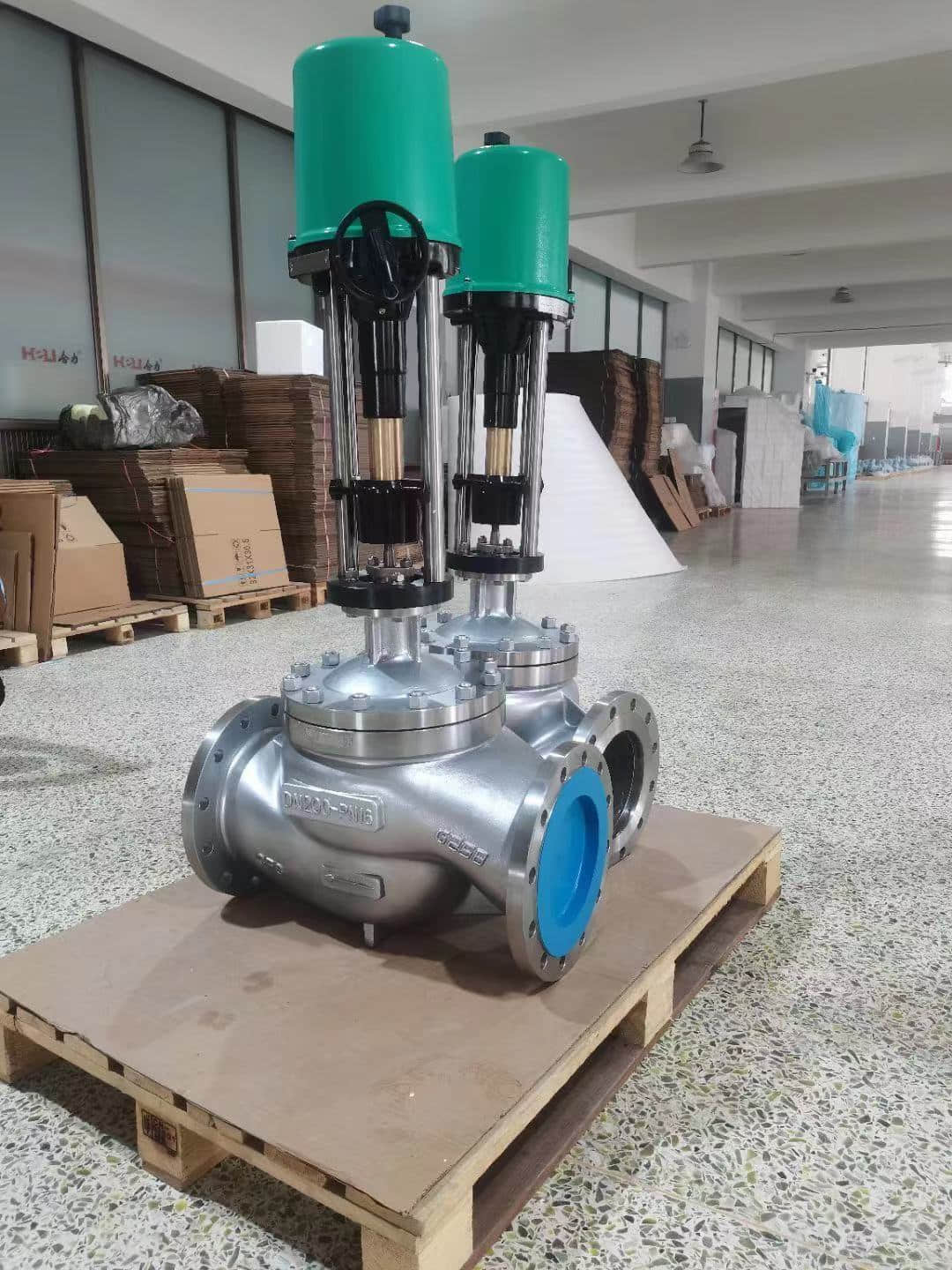electric single seat regulating valve: a comprehensive overview
Release time:2024-12-13 02:32:07
The electric single seat regulating valve is an essential component in various industrial applications, providing precise control over fluid flow with the convenience of electric operation. This type of valve is particularly valued for its ability to manage flow rates accurately and efficiently, making it crucial in systems where precise regulation is necessary.

At its core, the electric single seat regulating valve consists of a single seat mechanism operated by an electric actuator. The "single seat" refers to the design where a single sealing surface is used to control the flow. This design minimizes the risk of leakage and wear compared to multi-seat valves. The electric actuator, on the other hand, converts electrical energy into mechanical motion to adjust the valve’s position. This integration allows for remote operation and automation, enhancing the flexibility and efficiency of the system. One of the key advantages of the electric single seat regulating valve is its precision. The electric actuator provides fine control over the valve’s position, allowing for accurate regulation of flow rates. This precision is critical in applications such as chemical processing, water treatment, and HVAC systems, where even minor deviations can lead to significant performance issues or safety concerns.

